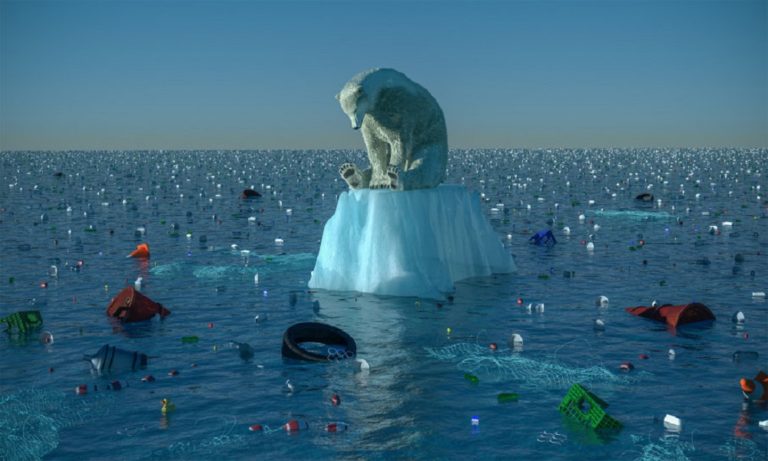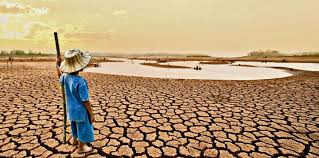The term climate change refers to the global climate change that is already taking place: temperatures are rising, rainfall characteristics are changing, glaciers and snow are melting and the global average sea level is rising. The increase in temperature is probably mainly due to the observed increase in atmospheric concentrations of greenhouse gases as a result of emissions from human activities.ή του παγκοσμίου κλίματος η οποία συντελείται ήδη: οι θερμοκρασίες αυξάνονται, τα χαρακτηριστικά των βροχοπτώσεων αλλάζουν, οι παγετώνες και το χιόνι λιώνουν και η παγκόσμια μέση στάθμη της θάλασσας ανεβαίνει. Η αύξηση της θερμοκρασίας οφείλεται πιθανότατα κατά κύριο λόγο στην παρατηρούμενη αύξηση των ατμοσφαιρικών συγκεντρώσεων αερίων θερμοκηπίου ως αποτέλεσμα των εκπομπών που προέρχονται από ανθρώπινες δραστηριότητες.
Consequences of climate change

Climate change is affecting all parts of the world. The ice in the polar regions is melting and the sea level is rising. Some areas are most often affected by extreme weather and rainfall, while others are affected by intense heat waves and droughts.
These effects are expected to intensify in the coming decades.
- Countries of south and central Europe are increasingly affected by heat waves, forest fires and droughts.
- Water shortage in Mediterranean areas is constantly increasing with the result that the risks of drought and uncontrolled fires are increasing.
- The Northen European countries receive more rainfall and floods will become common in winter.
- The urban areaswhere 4 out of 5 Europeans live today, they are exposed to heat waves, floods or rising sea levels, but are often not properly prepared to adapt to climate change.

What can we do?
To mitigate the effects of climate change, we must reduce these carbon dioxide emissions or ensure that their production is prevented. To prevent climate change from getting worse, we need to take action to significantly reduce greenhouse gas emissions and adapt to the changes that are taking place now and in the future to reduce damage. The science is clear: we must act urgently and together. All parts of society and each individual can play their part.

- Save Energy Leaving a TV or computer on standby consumes some energy. The same goes for connecting your cell phone all night - and even when your charger is not connected to your phone, it wastes electricity! Turning off and unplugging appliances can reduce your home's annual energy costs by up to 10%.
- Make smart choices by eating less meat and more local fruits and vegetables, saving energy and cycling or walking instead of driving
Can tree planting help?
Η ποσότητα CO2 που αποθηκεύεται σε ένα δέντρο μπορεί να μετρηθεί σχετικά εύκολα. Ένα ενήλικο δέντρο, δεσμεύει ένα τόνο CO2. Πόσα δέντρα πρέπει να φυτέψουμε θεωρητικά για να αντισταθμίσουμε τις εκπομπές CO2; We know that on average a European citizen emits 5-7 tones of CO2 each year. So in order to theoretically compensate for this activity, we need 5-7 trees για κάθε Ευρωπαίο πολίτη.
Not all trees are the same in terms of CO2 absorption. The quantity depends on the type of tree, its environment and how we manage the forest. A forest can contribute to the absorption, to the capture of carbon. As it produces wood that will then be used for long-lasting products, it will store carbon in these products, in this biomass. For 120 years and more, carbon will be trapped. "Otherwise it would be in the atmosphere."
Forests and wetlands therefore offer hope for CO2 storage for many decades.But experts say we need to set the right priorities, such as stopping deforestation, valuing what we already have and finding other ways to reduce emissions, and not just rely on planting new trees as these trees it will take years for them to grow and begin to absorb sufficient amounts of CO2.
